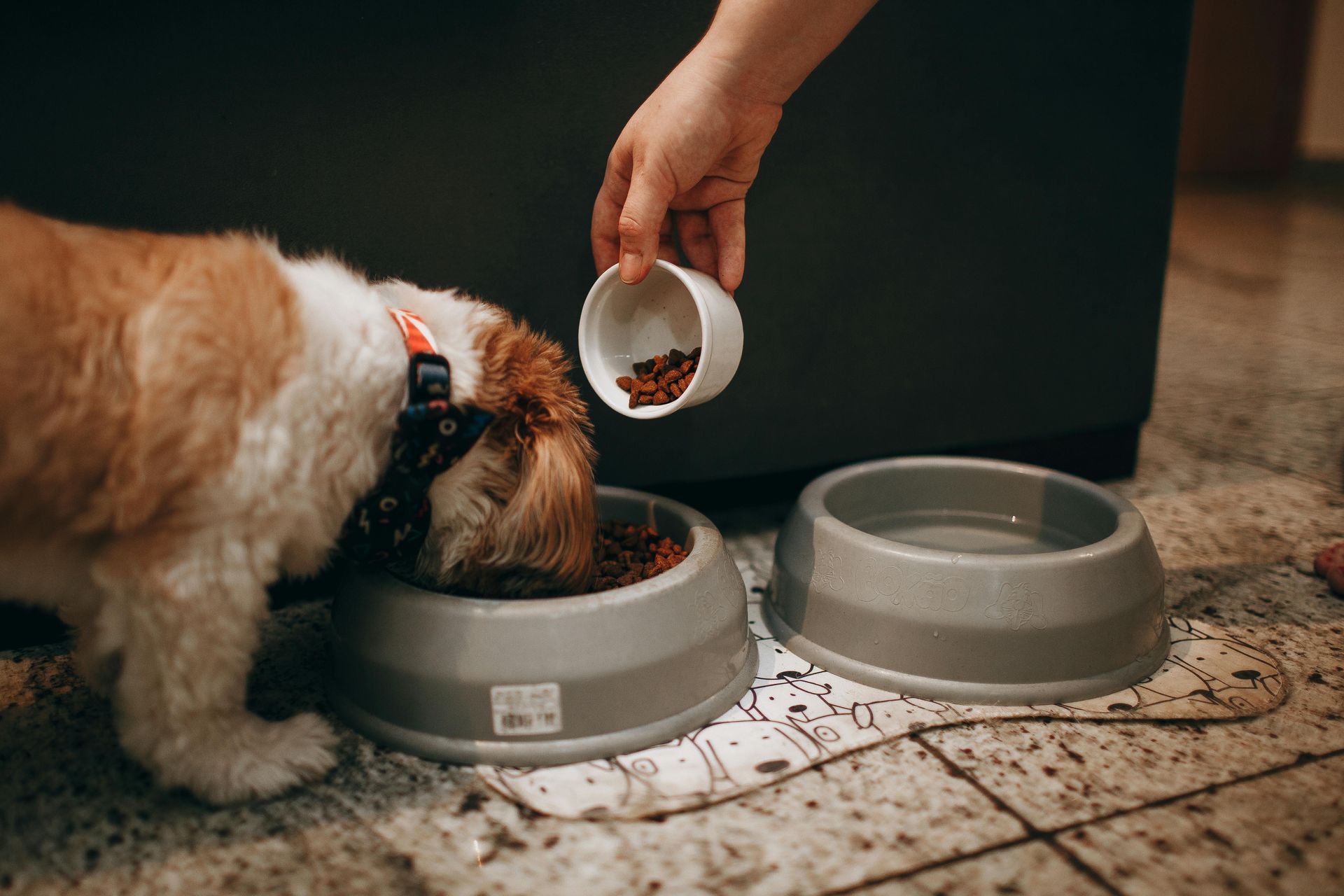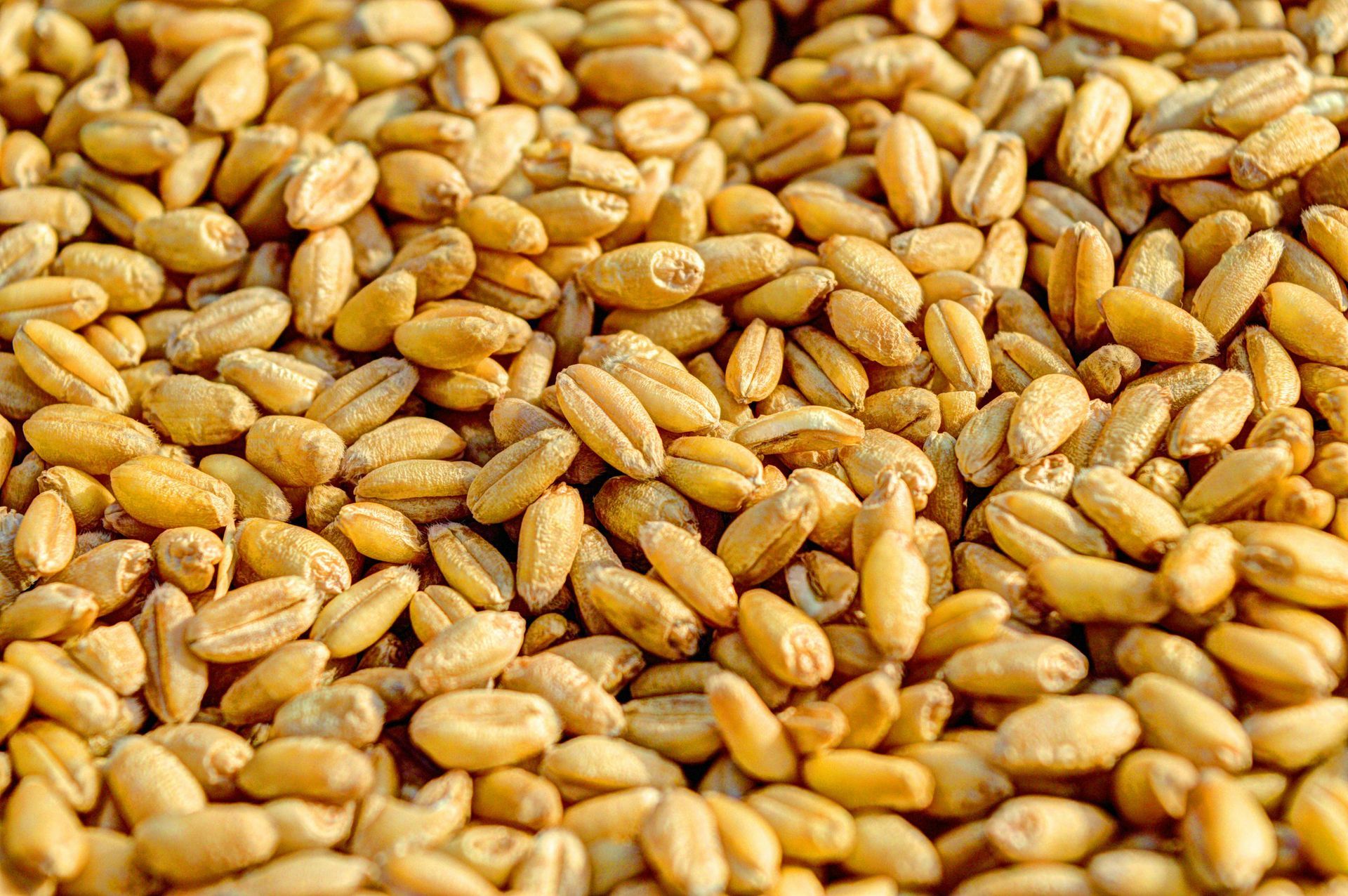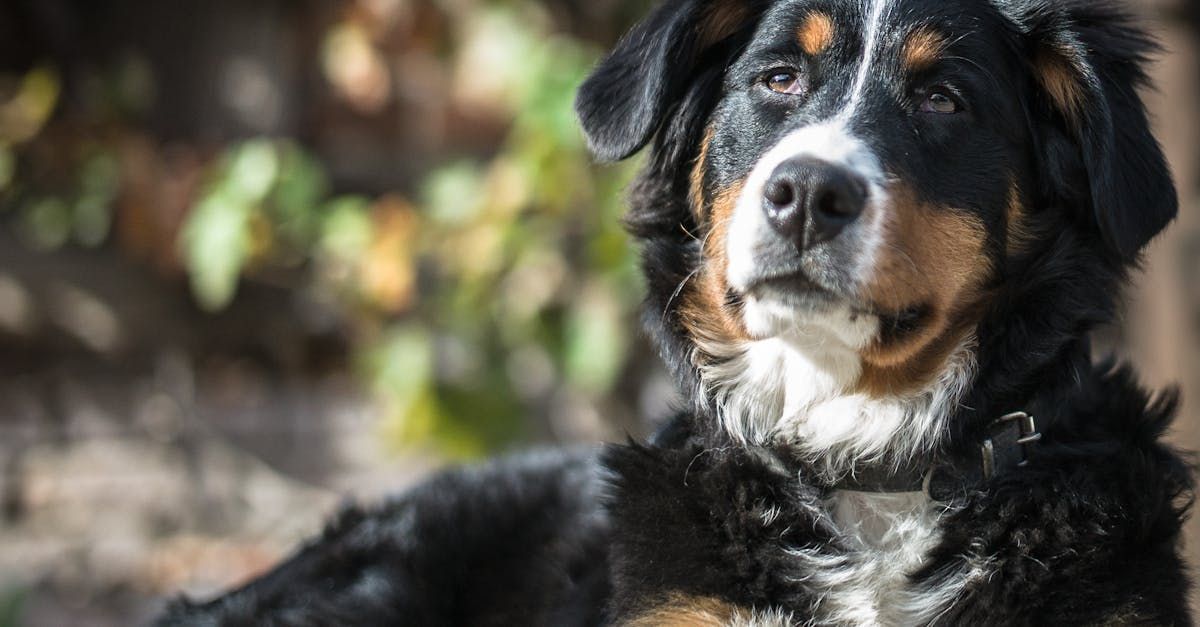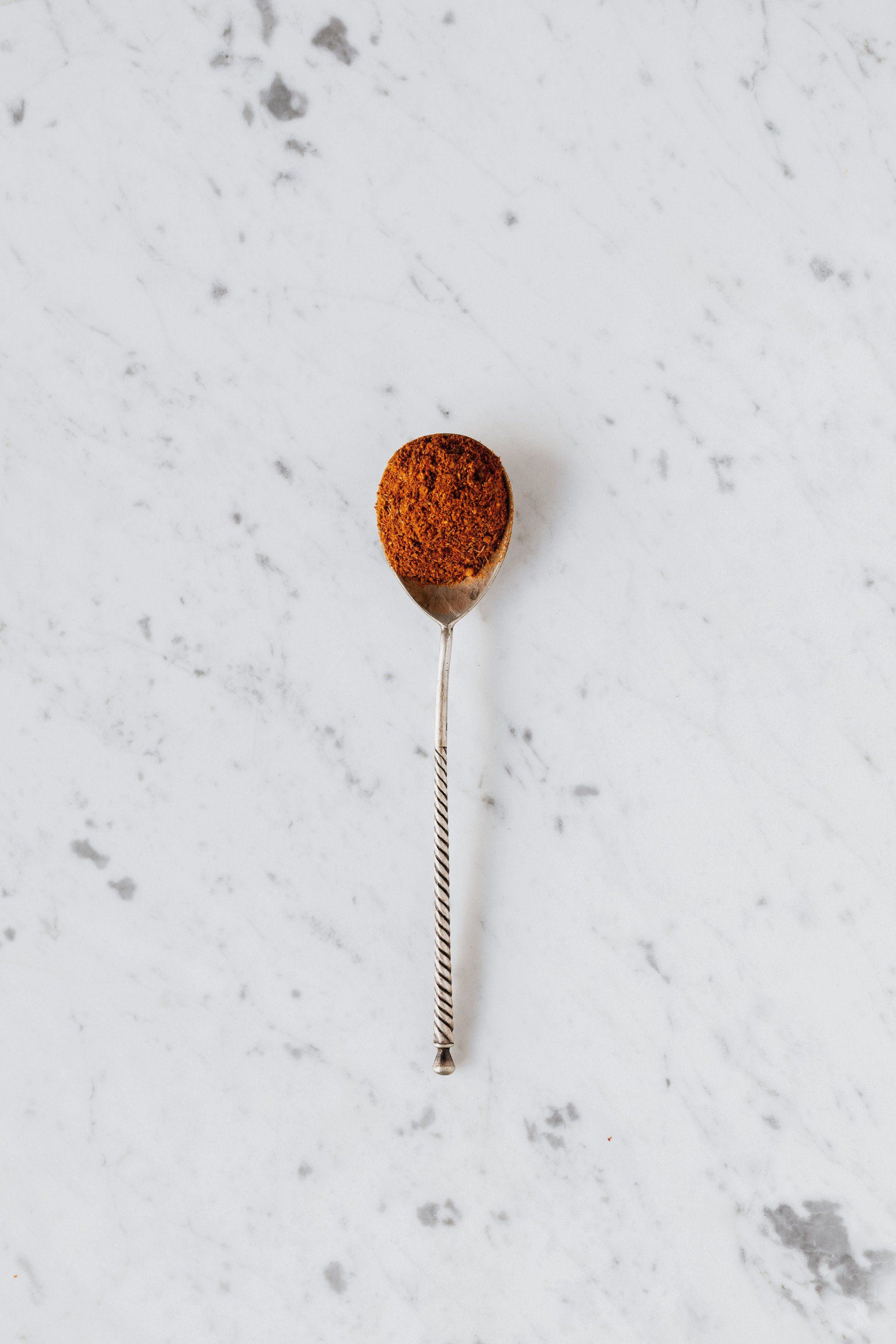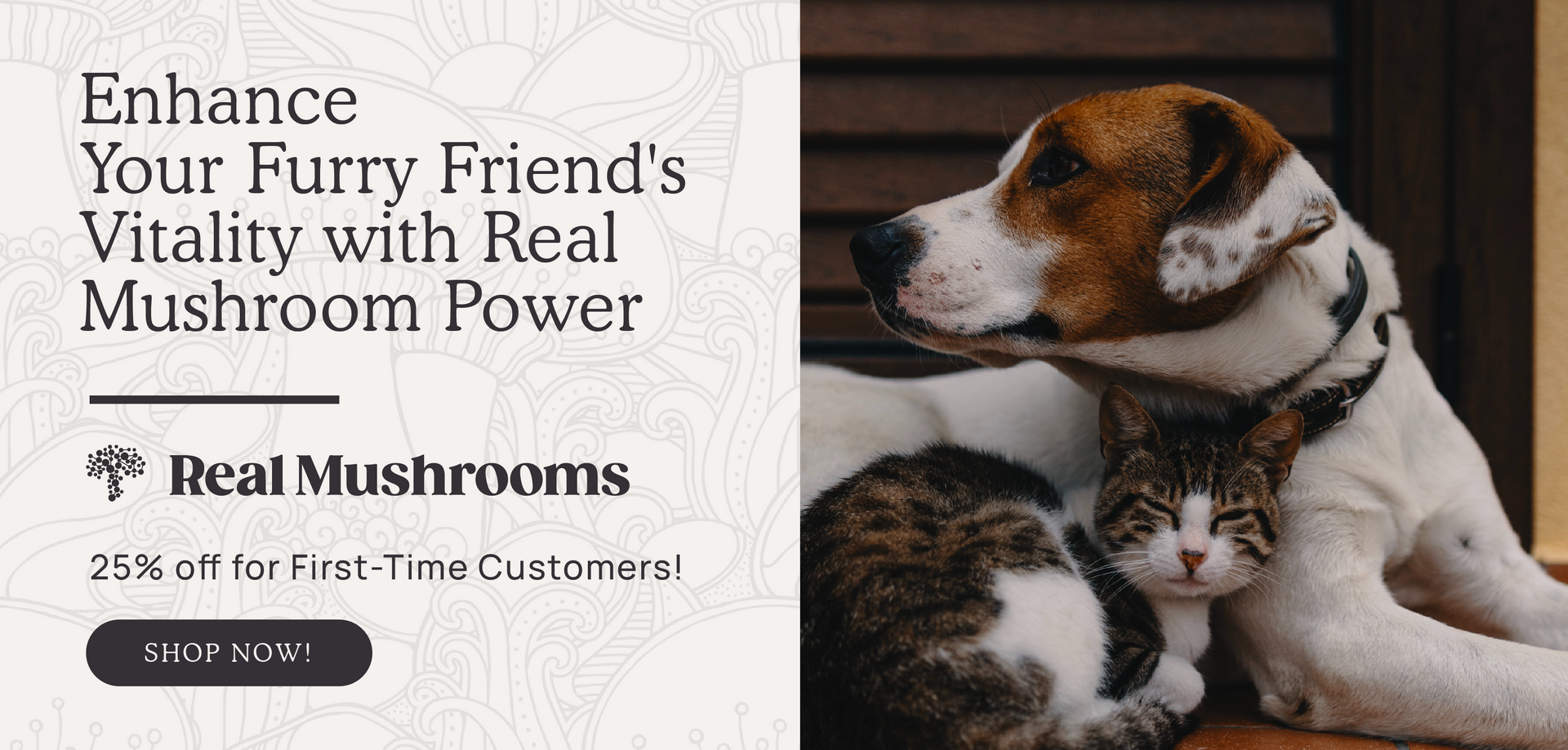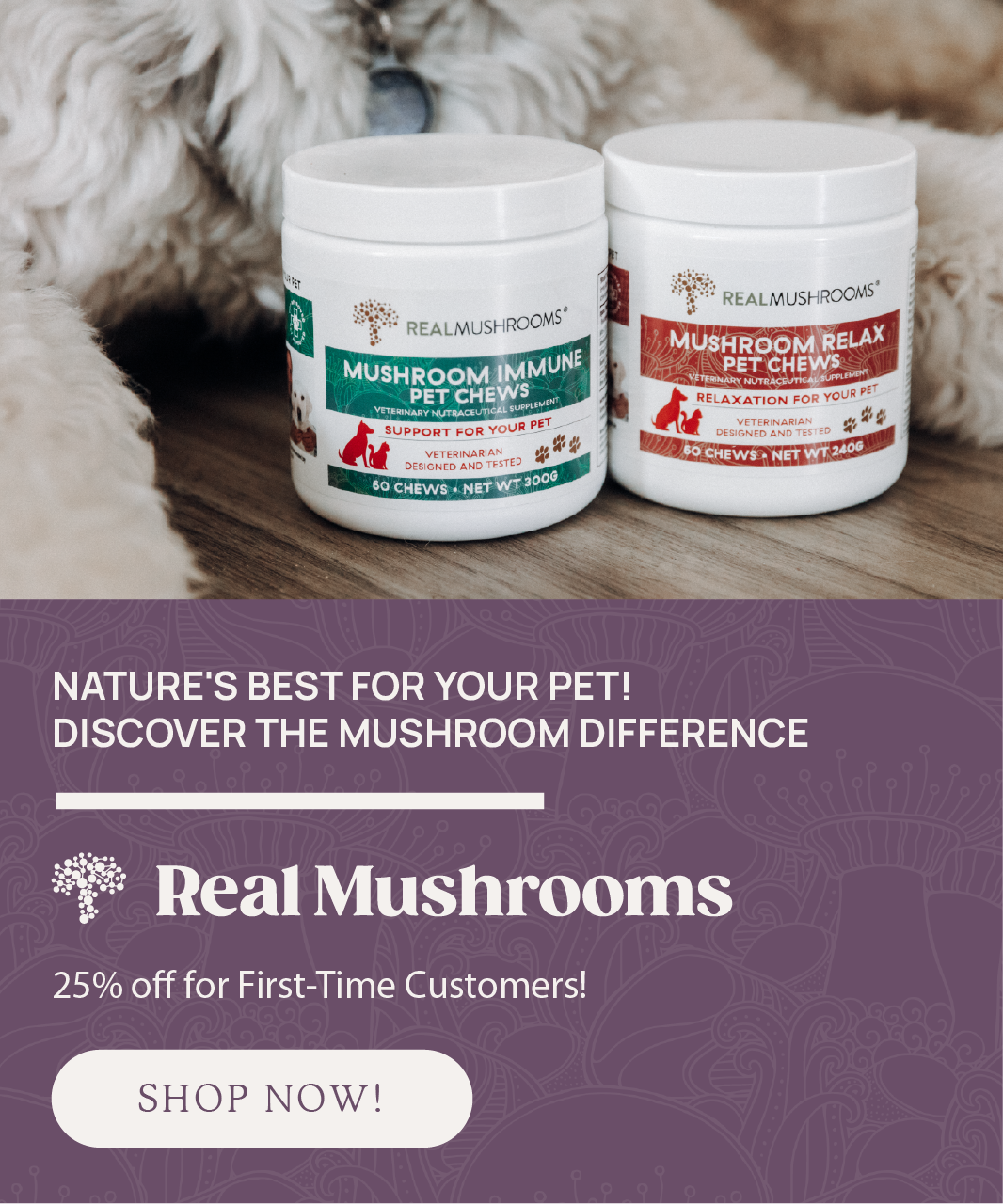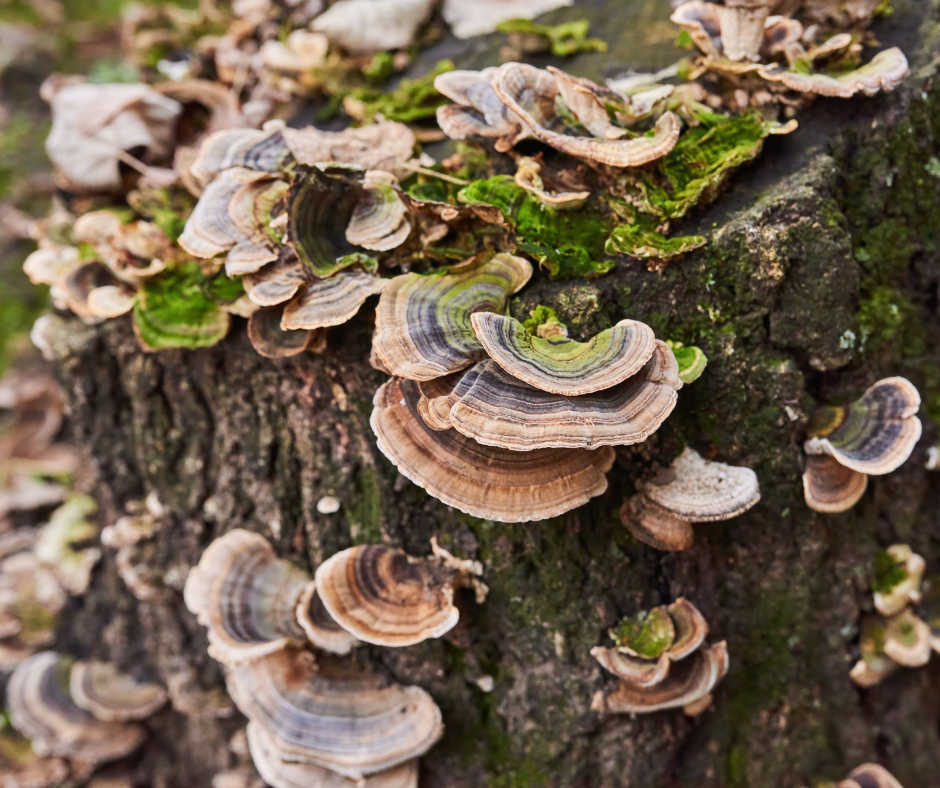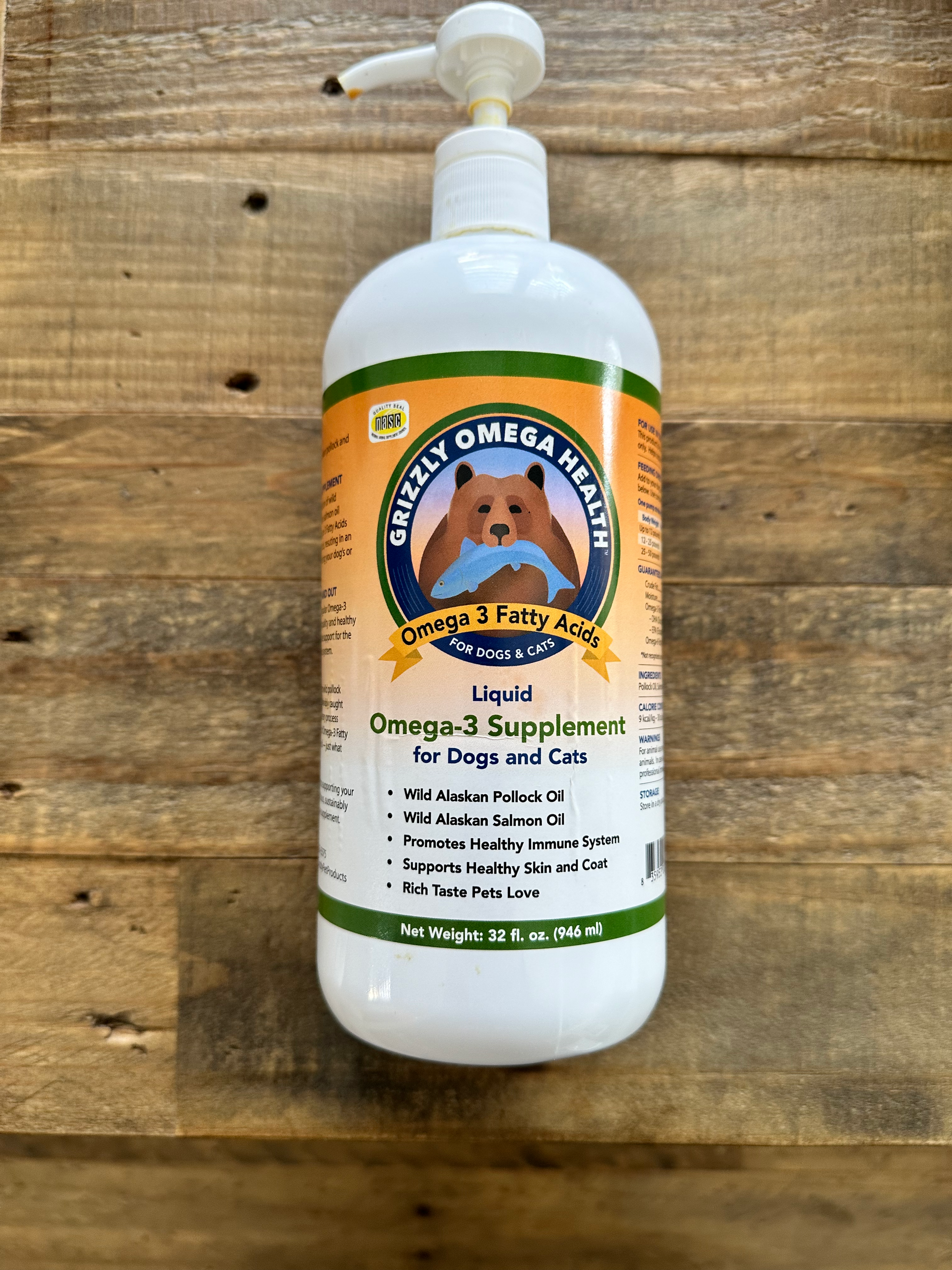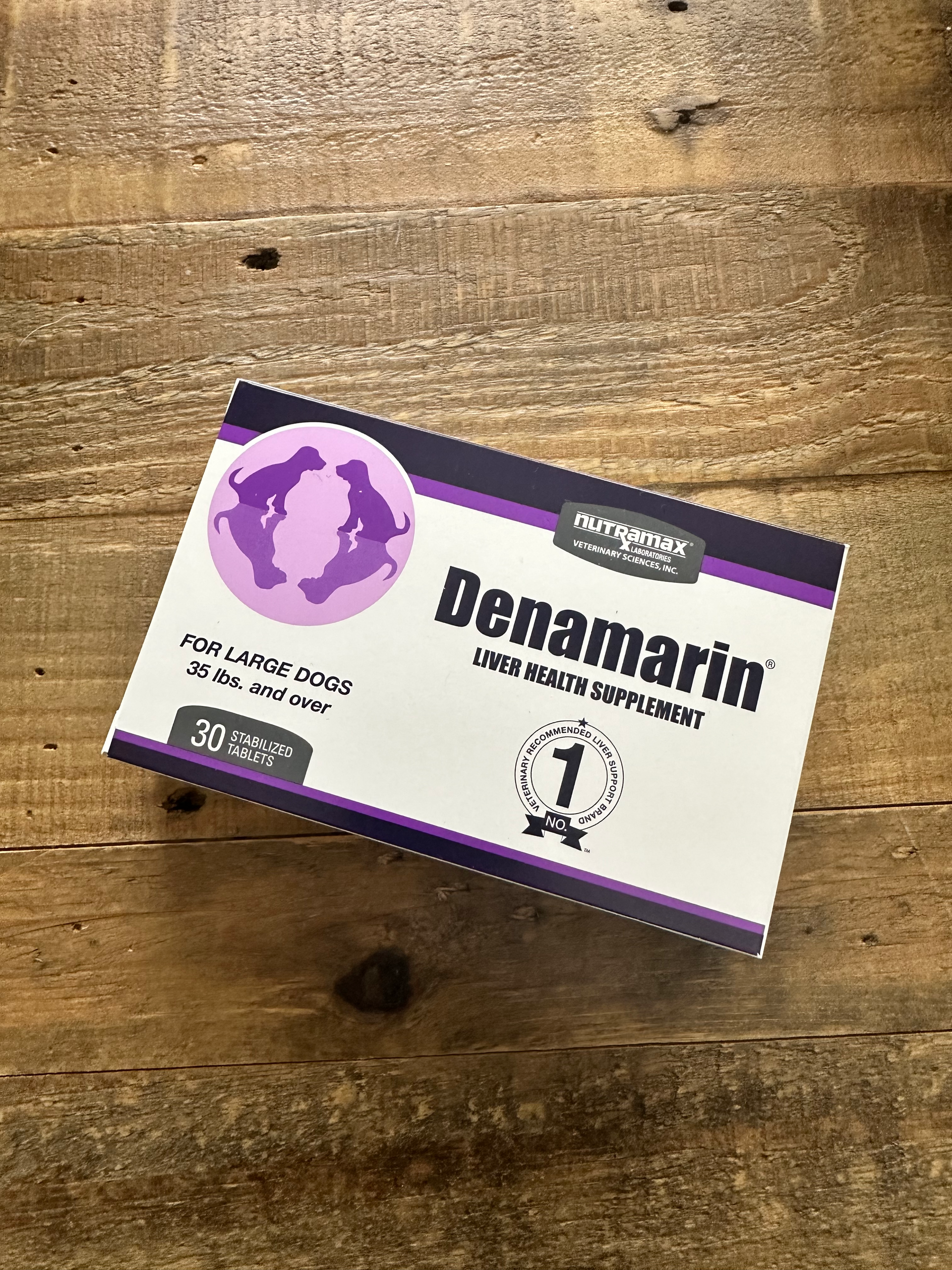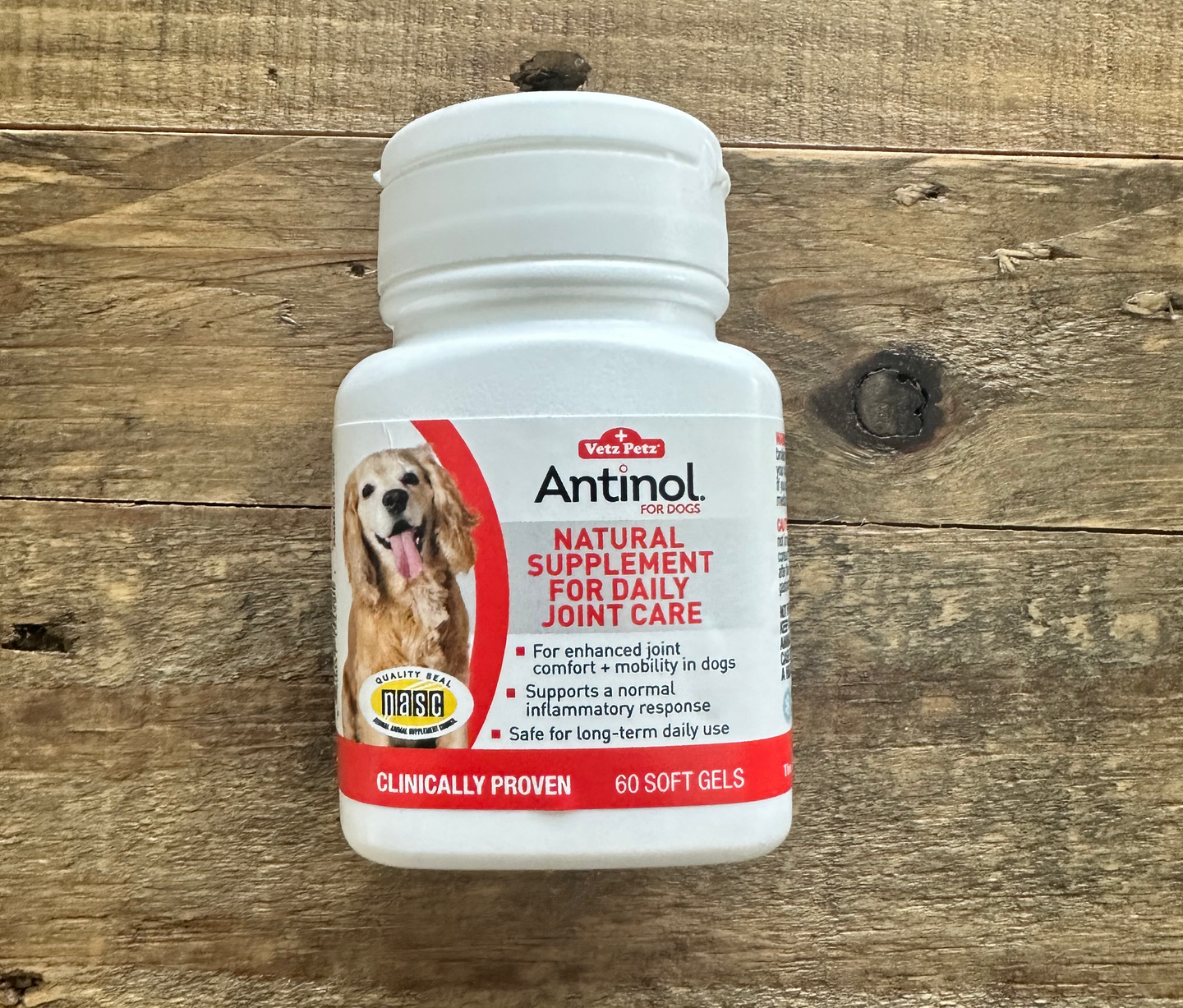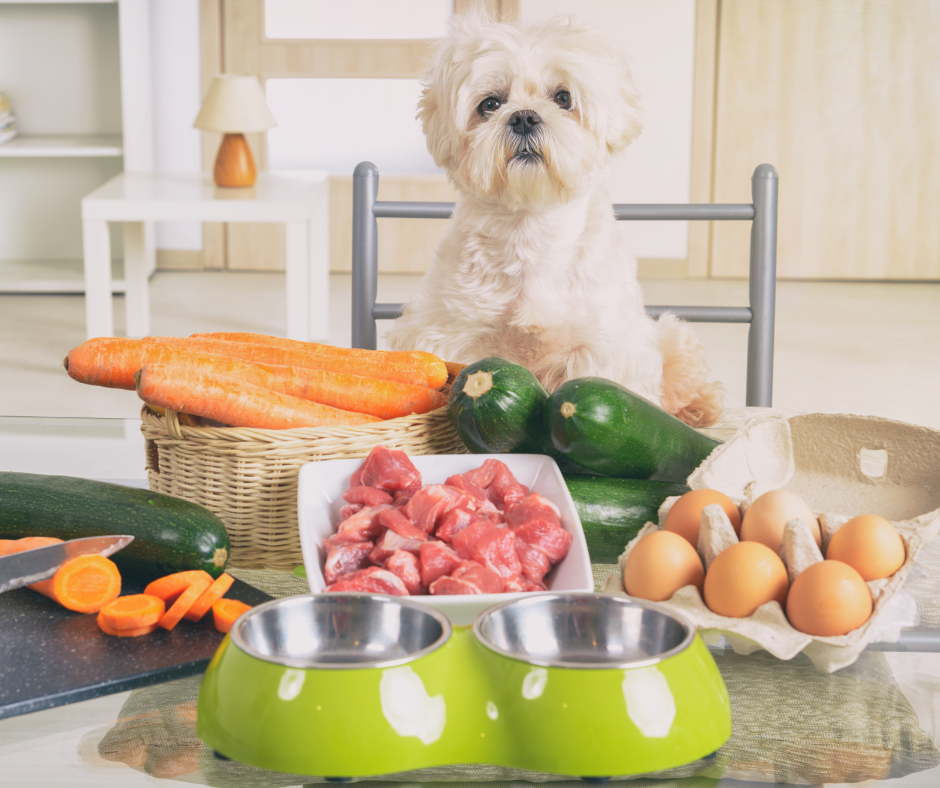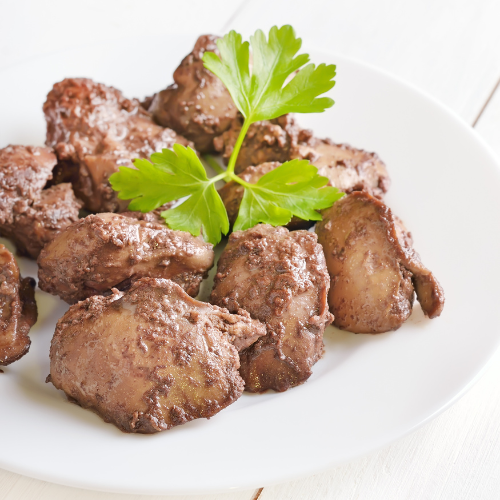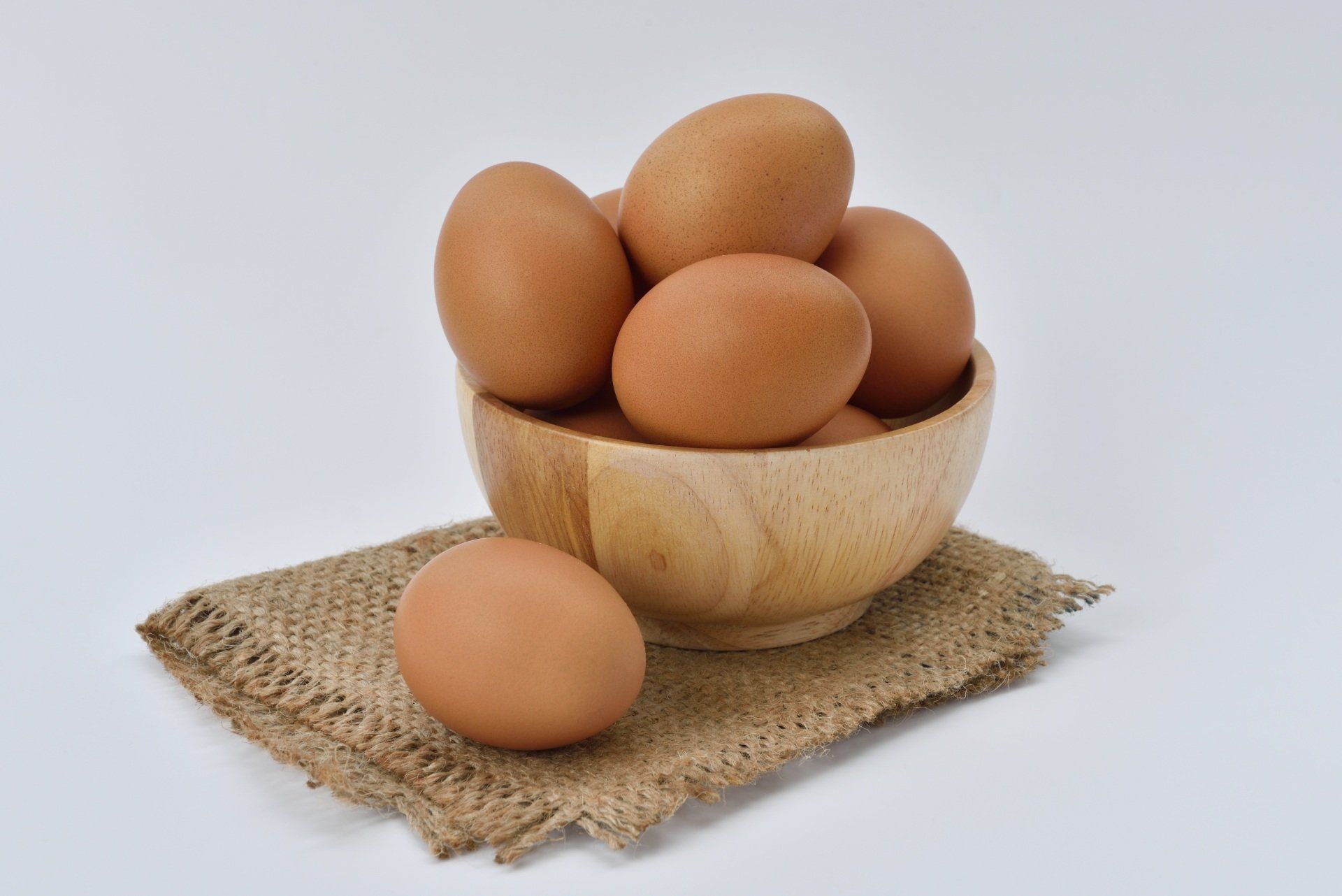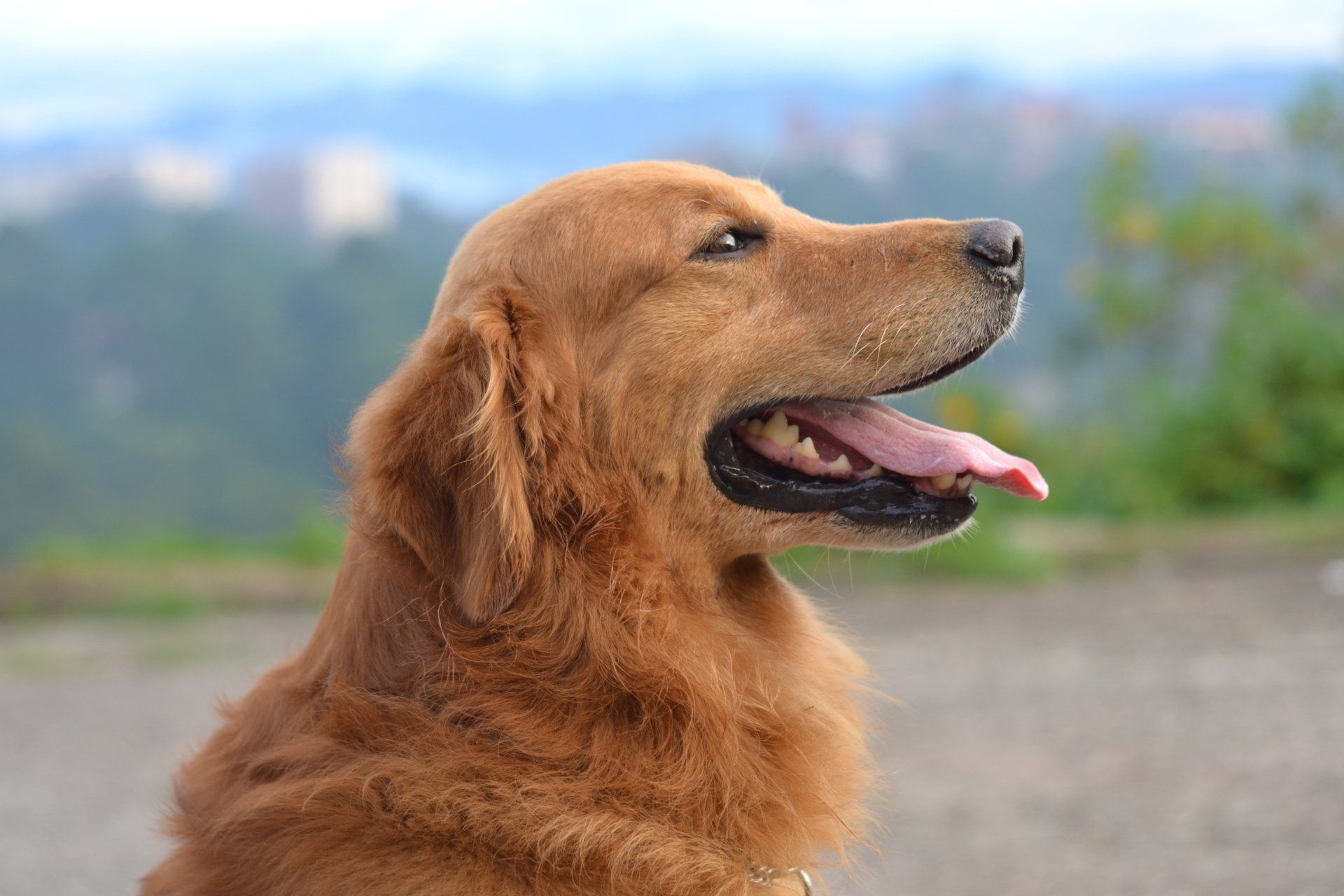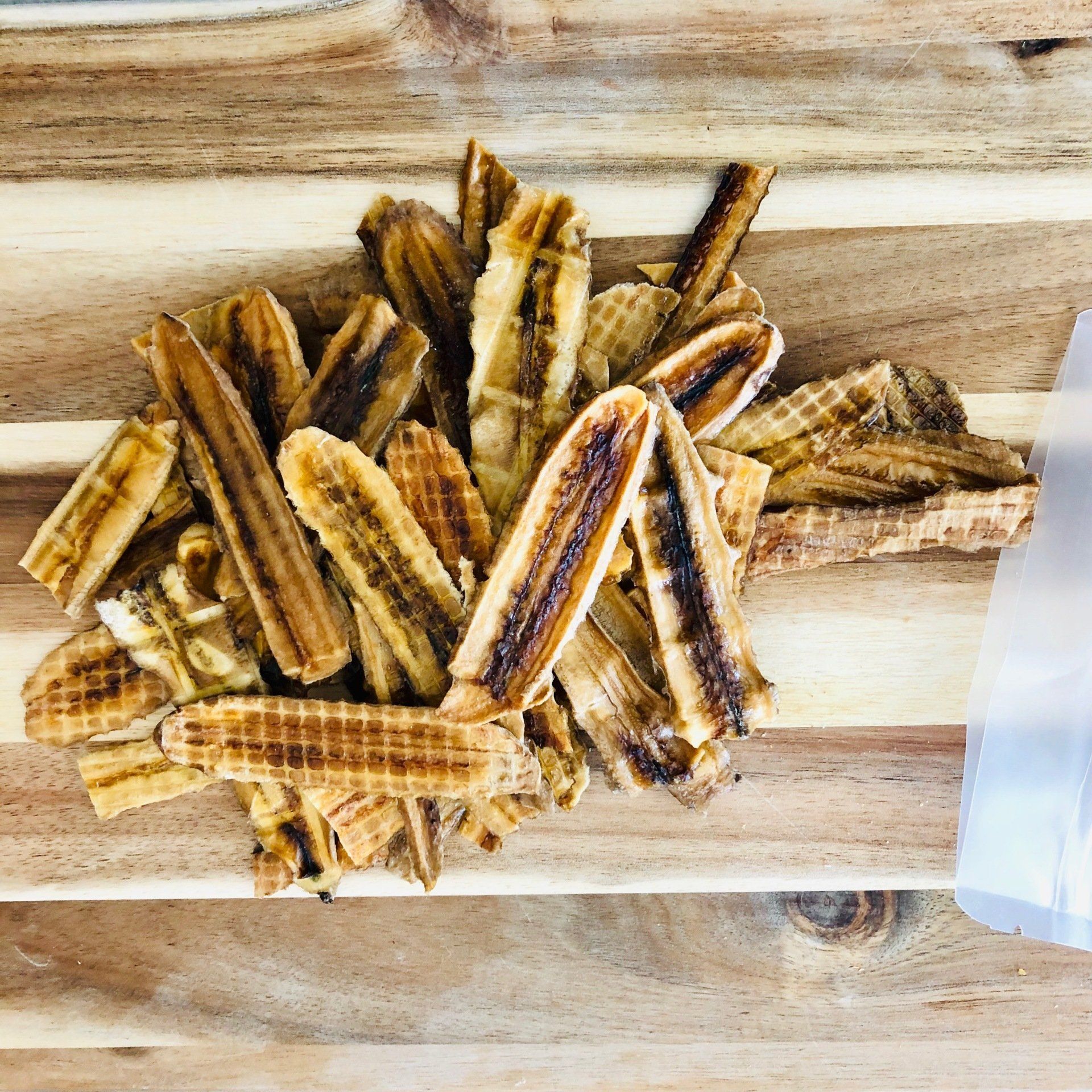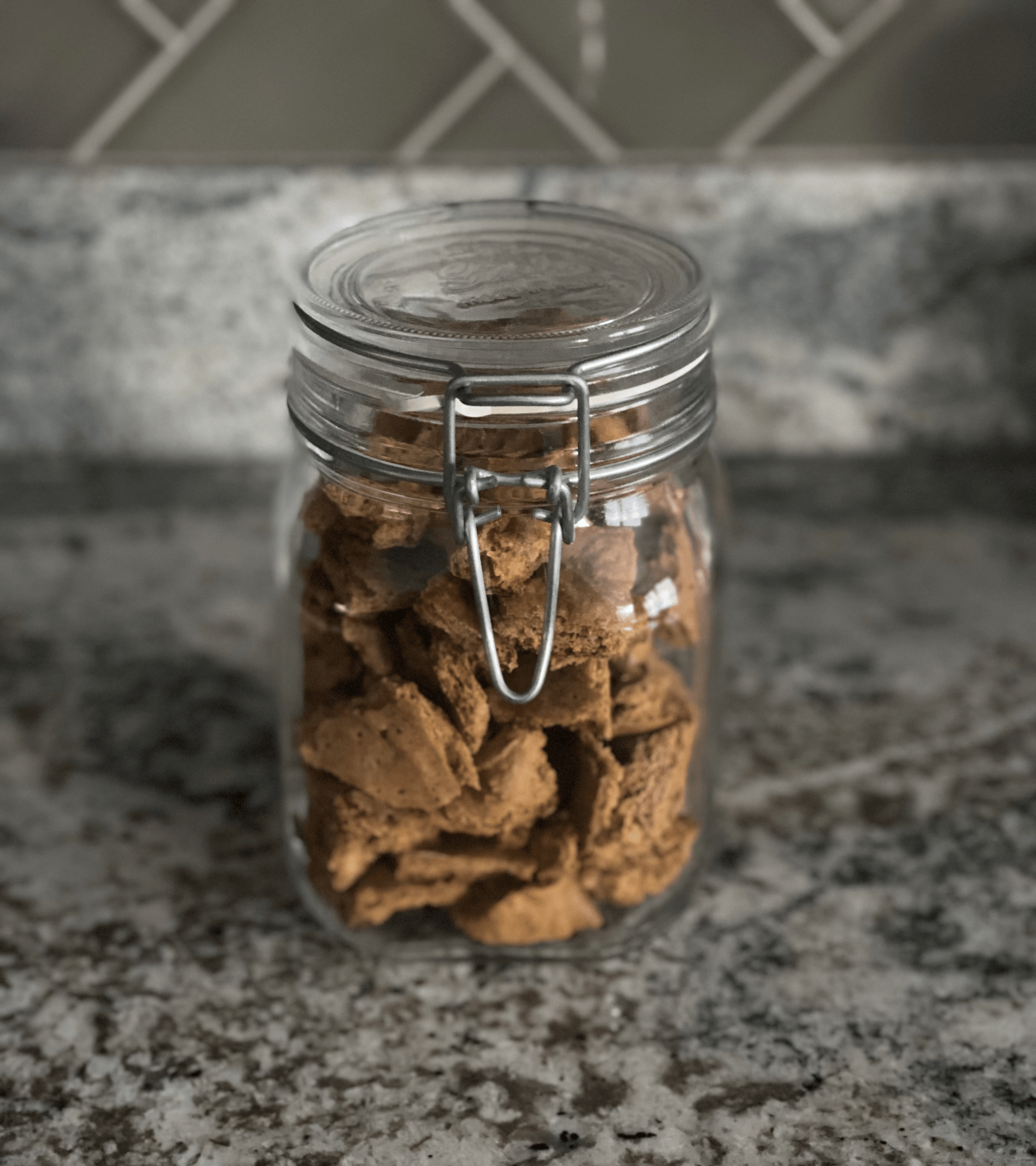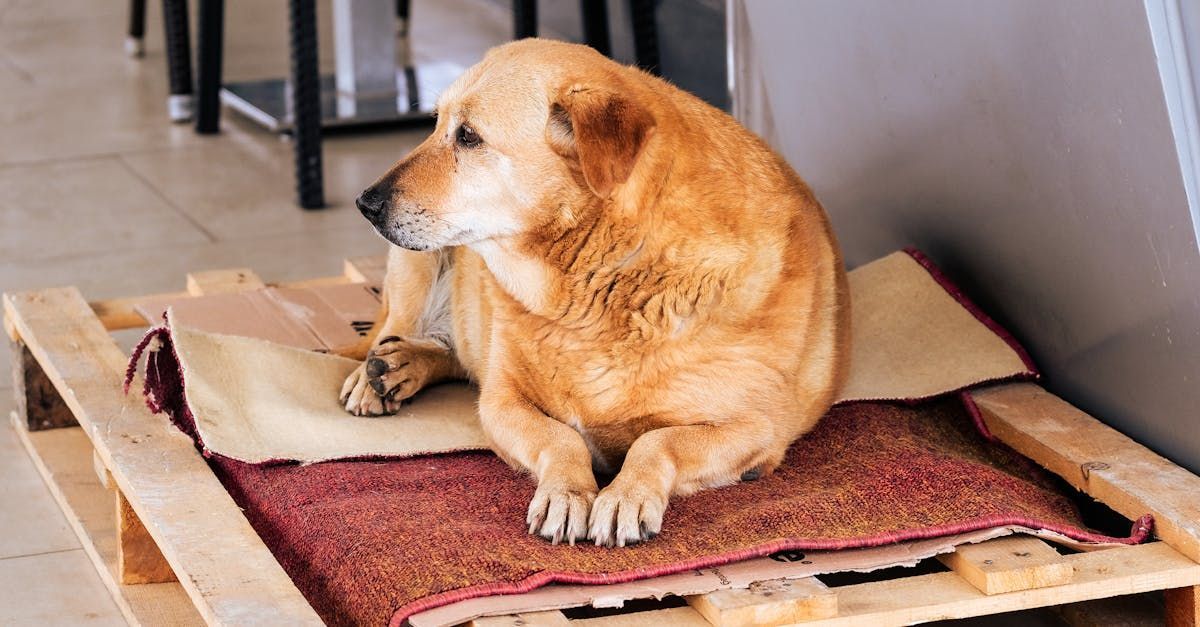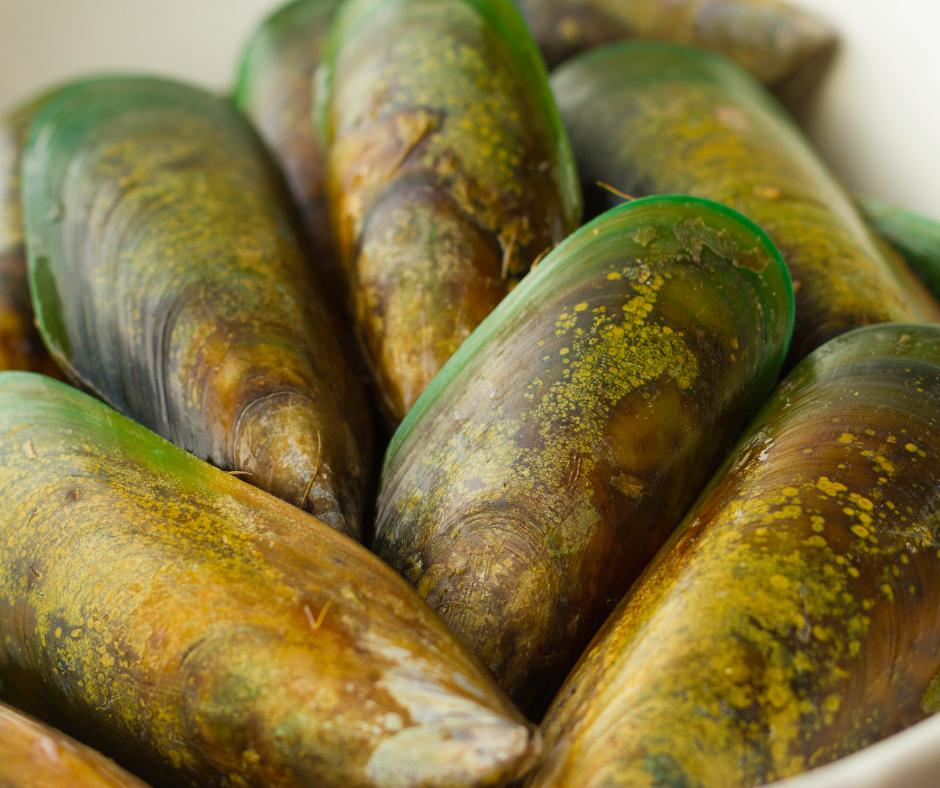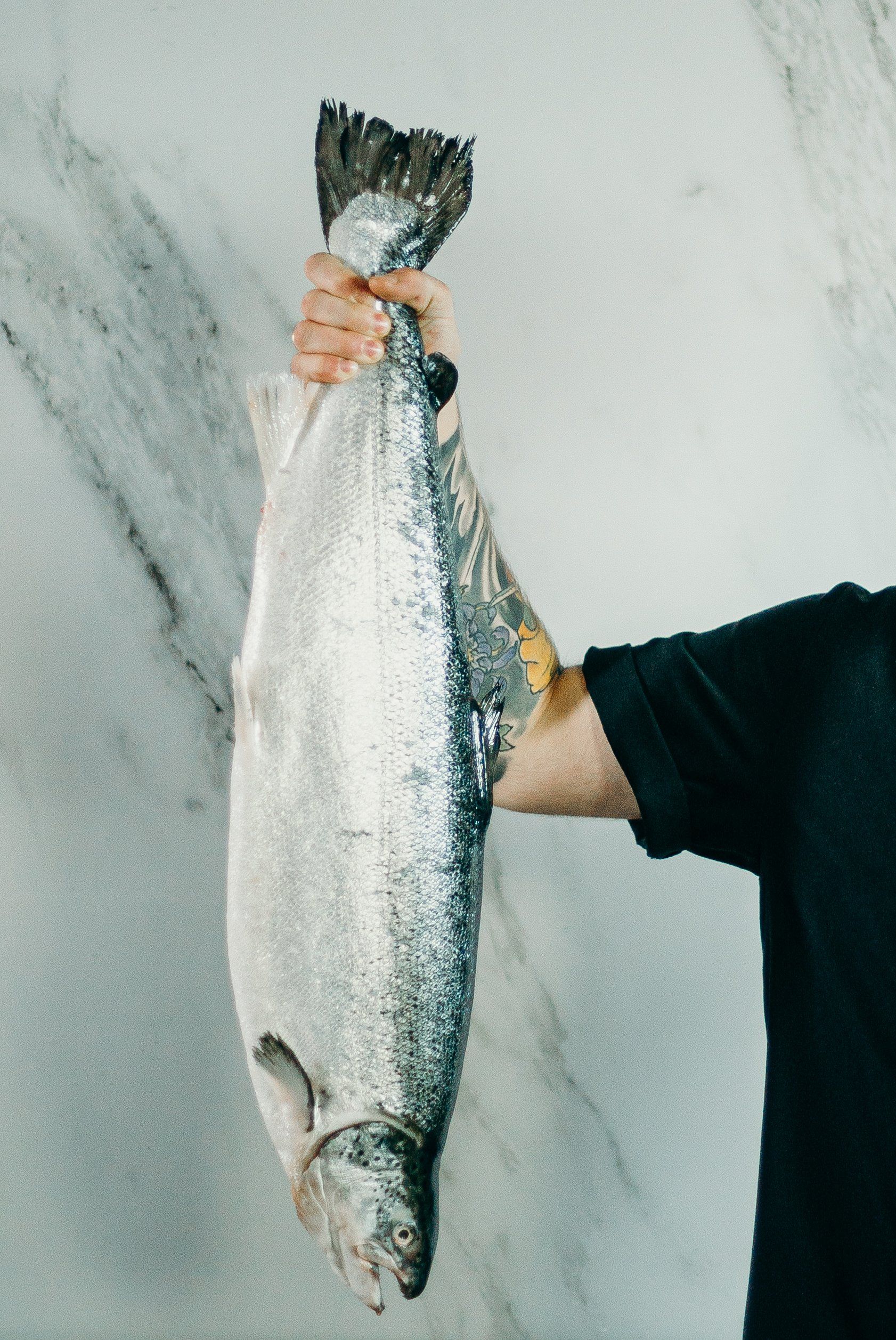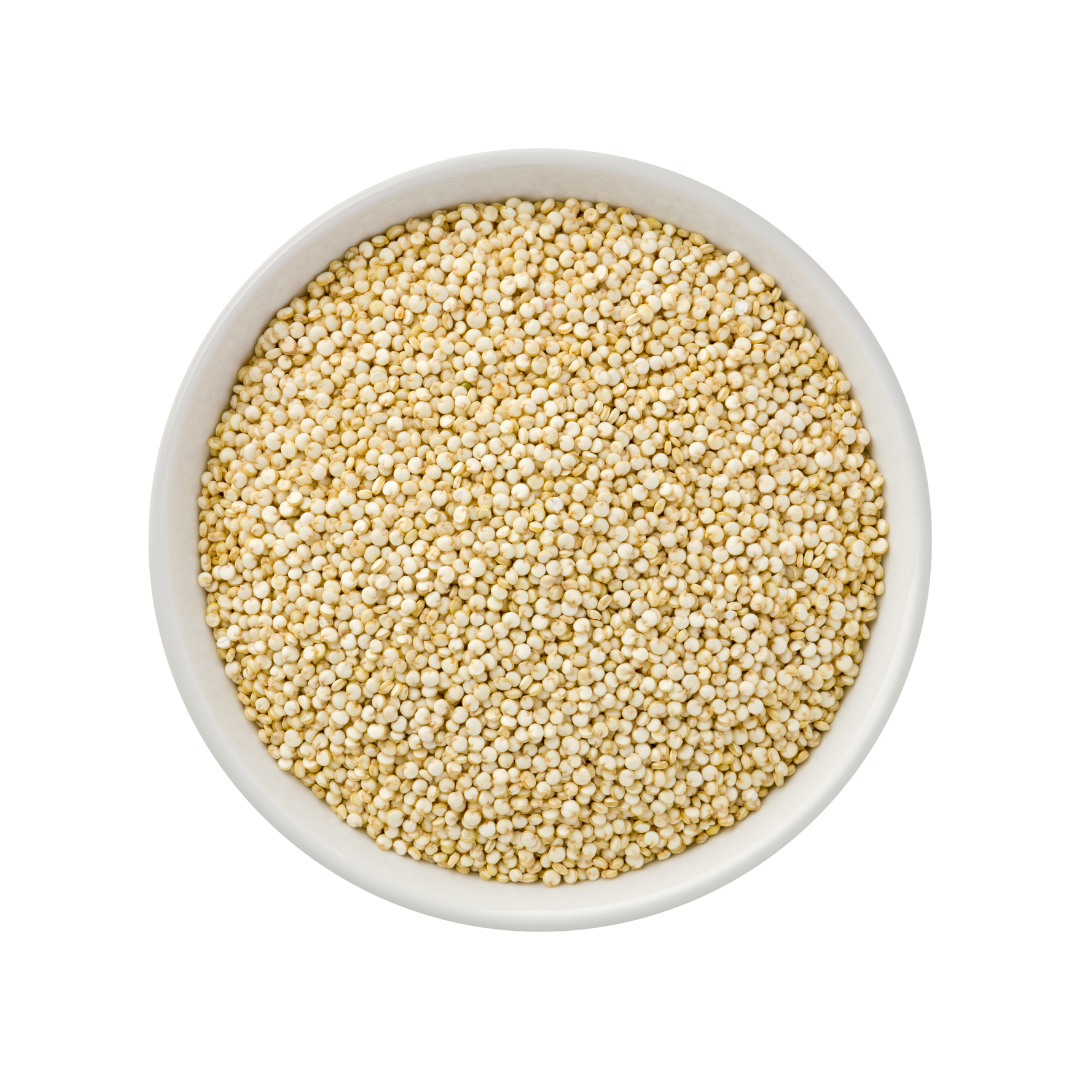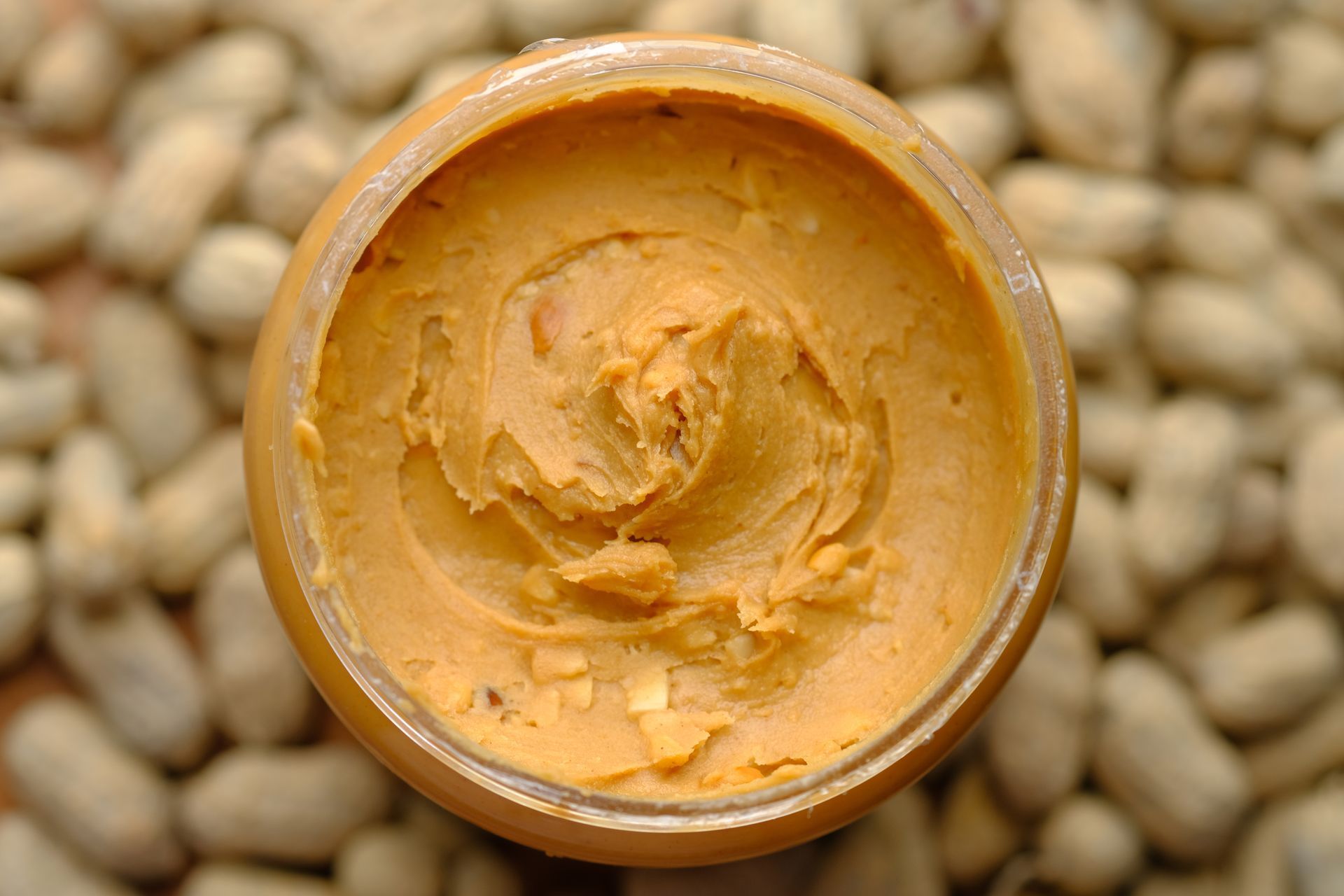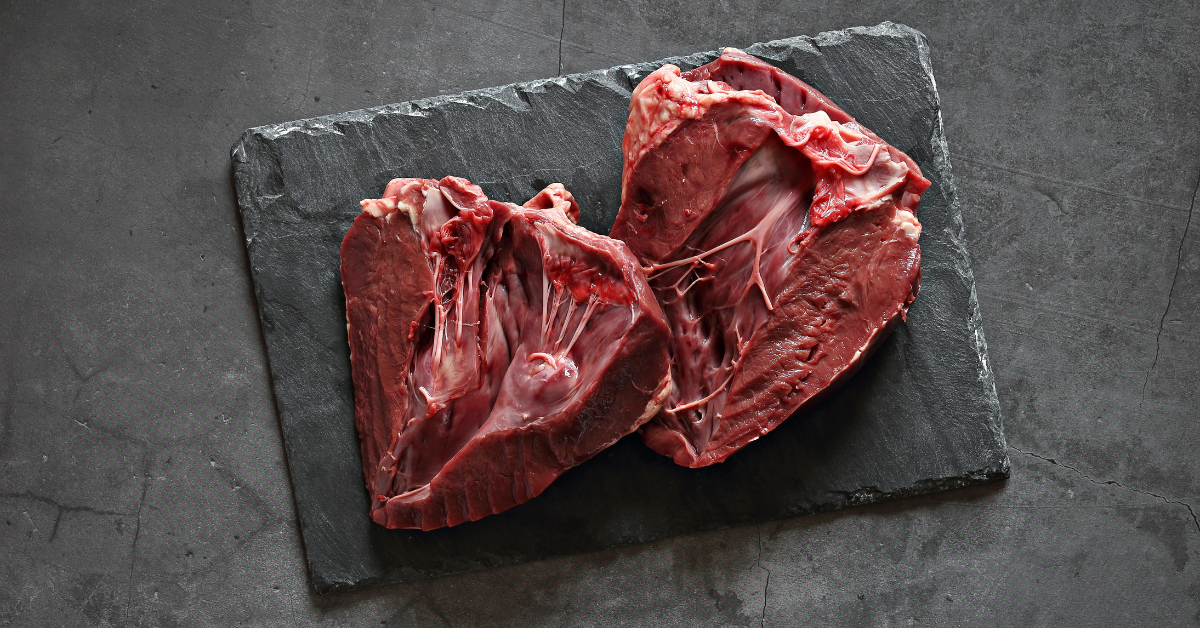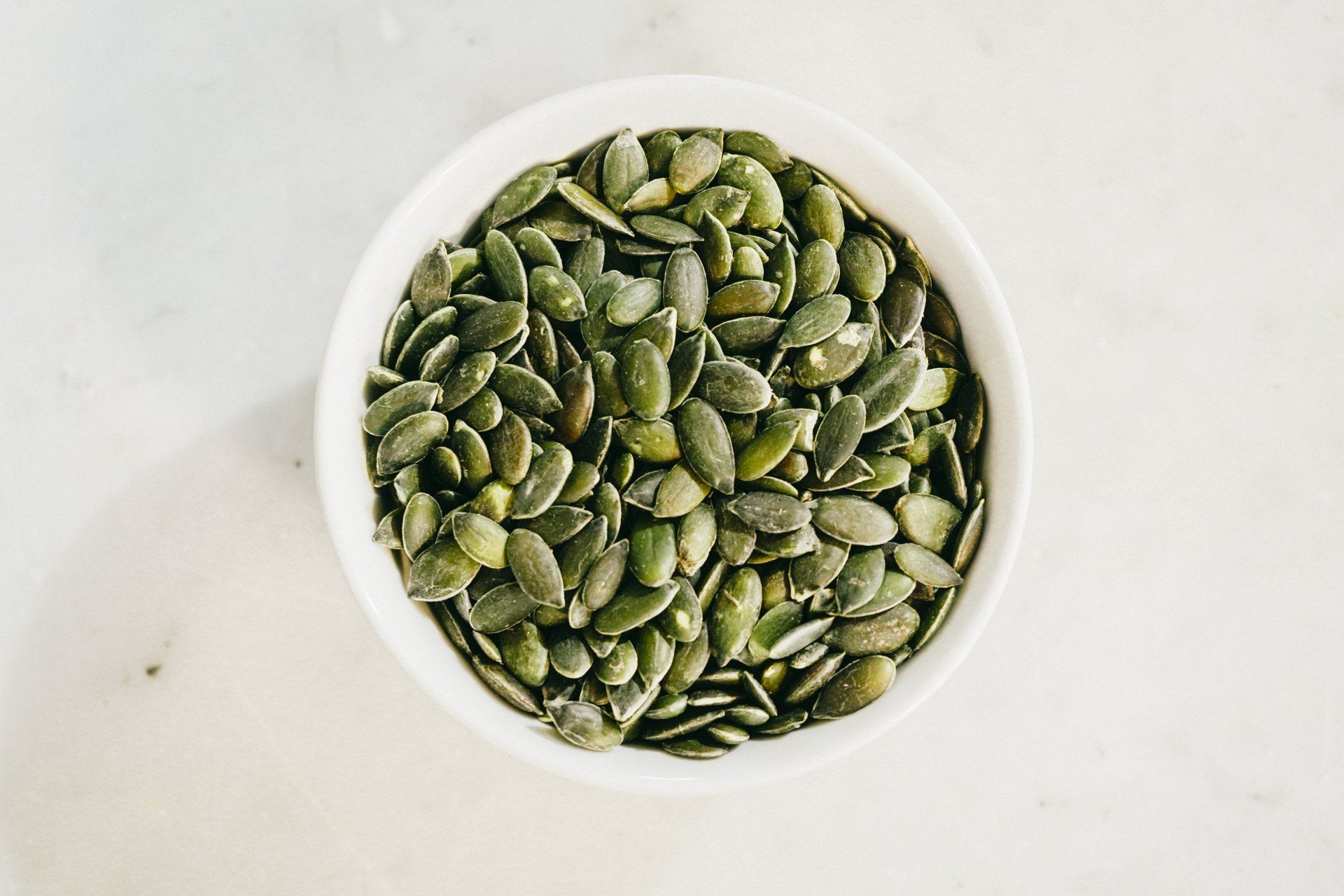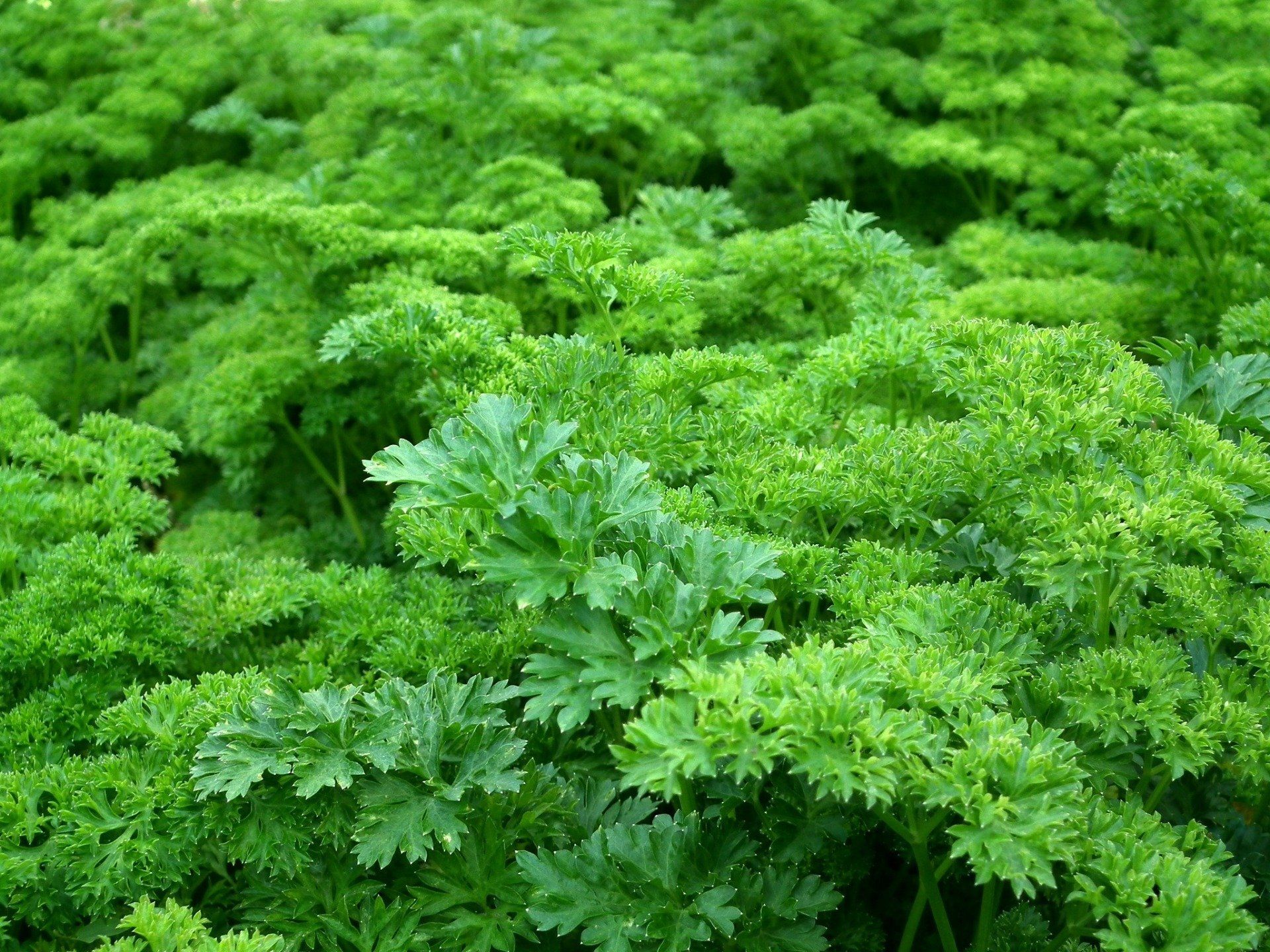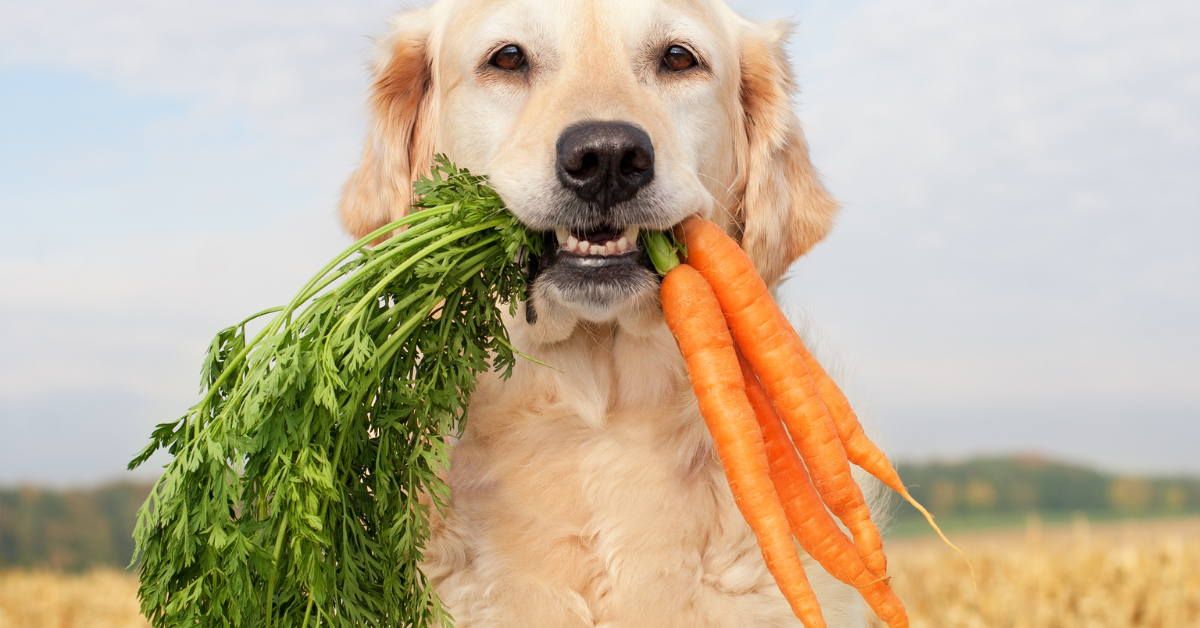Introduction
I’ve always been a dog lover, and over the years in caring for my own, I’ve learned a thing or two about dog nutrition, especially through our homemade dog food journey. One of the most important aspects of dog ownership is nutrition. In this article I will share my experience selecting a kibble dog food for our latest foster dog, Layla and how finding Open Farm has changed my perspective on dog food. While it’s tempting to splurge on the most expensive dog food on the market, the reality is that quality doesn’t always equate to price.
A Note on Kibble:
Before we dive into the details, I want to emphasize that kibble isn't my personal preference for dog food. I believe that homemade, whole-food diets are the healthiest option for our dogs. However, I understand that kibble is often the most practical choice for many pet owners due to time constraints and cost. I am currently feeding our foster dog kibble, as it is recommended by the rescue we are fostering with and with the belief that it is likely that her forever home will feed her kibble.
If you're using kibble, it's crucial to remember that not all kibbles are created equal. Just like there are vast differences in quality and price among fast-food restaurants, there are also significant variations in the quality and nutritional value of commercial dog foods.
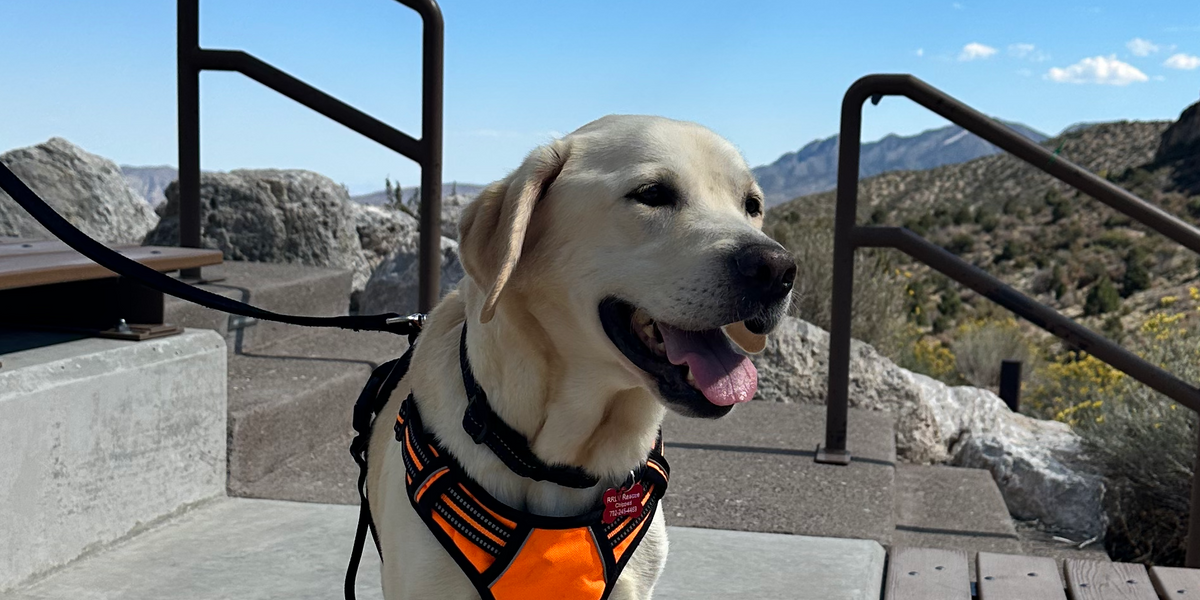
Finding Balance Between Price and Quality in Dog Food
As I mentioned, I recently took in a foster dog. The rescue recommended a salmon and brown rice dog food but permitted us to feed whatever brand or food we felt was best. I went with the salmon and brown rice version of the brand they recommended as it seemed like a good choice and it was the same food she was receiving at her previous foster home. However, after a few weeks, I noticed a few red flags. Layla was producing large, frequent stools, suggesting that the food might be filled with unnecessary fillers. Additionally, she required a substantial amount of food per day based on the bag's feeding guidelines. My concern was the quantity of food she was receiving at each meal and how that could be potentially harmful to her digestive system.
I was also concerned about the lack of transparency in the ingredients, particularly the salmon . While the salmon was advertised as the primary ingredient, there was no information about its source. Was it wild-caught? Was it farmed? This uncertainty made me question the overall quality of the food.
So after realizing that Layla could potentially be with us for a bit, I started to look for a better quality dog food. While I was ok with the idea of increasing my cost, I also was concerned about selecting a brand that was too expensive, keeping in mind that an expensive brand might be cost prohibitive for her new family when adopted. Therefore, I wanted to find a brand that was reasonably priced and high quality so that it would be sustainable for her new family to continue to feed her the same food.
How Feeding Guidelines Impact Your Dog Food Budget
In exploring dog food brands, I came across Open Farms which I’d heard about before, but I always assumed it was a premium brand with a premium price tag. To my surprise, I found that the price was comparable to the salmon and brown rice food I was currently feeding my foster dog. So, I decided to explore Open Farm a bit more. Here’s what I discovered:
Smaller Portions, Bigger Savings
One of the most significant benefits of Open Farm was the smaller portion size required per day. This meant that a single bag lasted longer, making it more cost-effective in the long run. While the bag was the same price, it lasted me more days, ultimately making it a cheaper food. This is something that I had not previously thought about when pricing out foods.
Transparent Ingredients
Open Farm is incredibly transparent about its ingredients. Their website provides detailed information about the sourcing of each ingredient, including the wild-caught Pacific salmon used in their recipes.
Rotational Diet Options
One of my favorite features of Open Farm is their rotational diet program. This allows me to switch between different flavors (like wild-caught salmon, grass-fed beef, or pasture-raised lamb) without worrying about digestive issues. This allows my foster to have a variety of foods and different nutrients.
Let's compare the prices and feeding guidelines:
As you can see, even though the price per bag is the same, the smaller portion size with Open Farm resulted in a significant cost savings per day.
| Feature | Previous Food | Open Farm |
|---|---|---|
| Price per bag | $26.99 | $26.99 |
| Daily portion size | 4.5 cups | 3 cups |
| Cost per day | $16.19 | $10.80 |
Transitioning to a Higher Quality Food
After carefully considering my options, I decided to make the switch to Open Farm for Layla. To ensure a smooth transition and avoid any digestive upset, I gradually introduced Open Farm over a seven-day period. I was pleasantly surprised by how well my foster dog adapted to the new food.
Within a few weeks, I noticed a significant improvement in her overall health. Her stools became smaller and less frequent, and she was eating less overall. Perhaps most importantly, I observed a noticeable reduction in her acid reflux symptoms. While I can't definitively attribute this to the switch in food, it's a positive side effect that I appreciate.
Impressed by these results, I decided to try Open Farm's pasture-raised lamb formula. The Open Farms website claims that it can be added to the diet without causing any discomfort, but I still took a cautious approach and introduced it gradually. To my relief, there were no issues. I'm now considering adding Open Farm's turkey formula to the rotation. While all of their products are balanced and provide my foster dog with the nutrients she needs, I enjoy the variety and believe she does too.
So far, we are incredibly happy with Open Farm and grateful that we made the switch. I'll be sure to provide an update in a few months to share how my foster dog continues to thrive on this nutritious and affordable kibble.
Conclusion
My experience with Open Farm has taught me that price comparison should go beyond simply looking at the bag size and price per bag. It's essential to consider how much your dog needs to eat daily.
When selecting a dog food, be sure to examine the ingredients, nutritional content, and feeding guidelines. Don't be fooled by advertising gimmicks that highlight certain ingredients without providing complete information about their source or quality.
Feeding guidelines are often overlooked when comparing dog foods. Remember, the amount of kibble your dog needs can vary significantly depending on the quality of the food. Higher-quality brands often have less fillers, which means more calories and nutrients are packed into each cup.
This can result in your dog requiring less food overall, ultimately saving you money in the long run. By considering these factors and doing your research, you can find a high-quality, budget-friendly dog food that will help your dog thrive.
Understanding the Importance of a Balanced Diet
When selecting a dog food, it's crucial to consider the following factors:
- Protein Content: Dogs are carnivores, so their diet should be rich in protein. Look for foods that list a high-quality protein source, such as chicken, beef, or fish, as the first ingredient.
- Carbohydrates: While carbohydrates are necessary for energy, they should be derived from whole grains and vegetables, rather than processed grains like corn and wheat.
- Fat Content: Healthy fats are essential for a dog's coat, skin, and overall well-being. Look for foods that contain sources of healthy fats, such as omega-3 fatty acids.
- Avoid Fillers: Fillers like corn, wheat, and soy can be harmful to dogs and can lead to digestive problems. Choose foods that are free of these fillers.
- Read the Labels: Always read the labels of dog food products carefully. Look for foods that are made in the USA or Canada and that have undergone quality control testing.
The Benefits of a Rotational Diet
In addition to choosing a high-quality dog food, it's also important to consider a rotational diet. A rotational diet involves feeding your dog a variety of different foods to prevent boredom and promote digestive health.
By switching between different flavors and brands of dog food, you can help to prevent nutrient deficiencies and keep your dog's taste buds engaged. However, it's important to make any changes to your dog's diet gradually to avoid digestive upset.
The Importance of Consulting with a Veterinarian
If you have any concerns about your dog's diet, it's always a good idea to consult with your veterinarian. They can help you assess your dog's nutritional needs and recommend the best food for their individual requirements.
By following these guidelines and consulting with a veterinarian, you can help to ensure that your dog is receiving the nutrition they need to live a long and healthy life.
Remember: A happy, healthy dog starts with a healthy diet. By taking the time to research and select the best dog food for your pet, you can give them the gift of good health.


